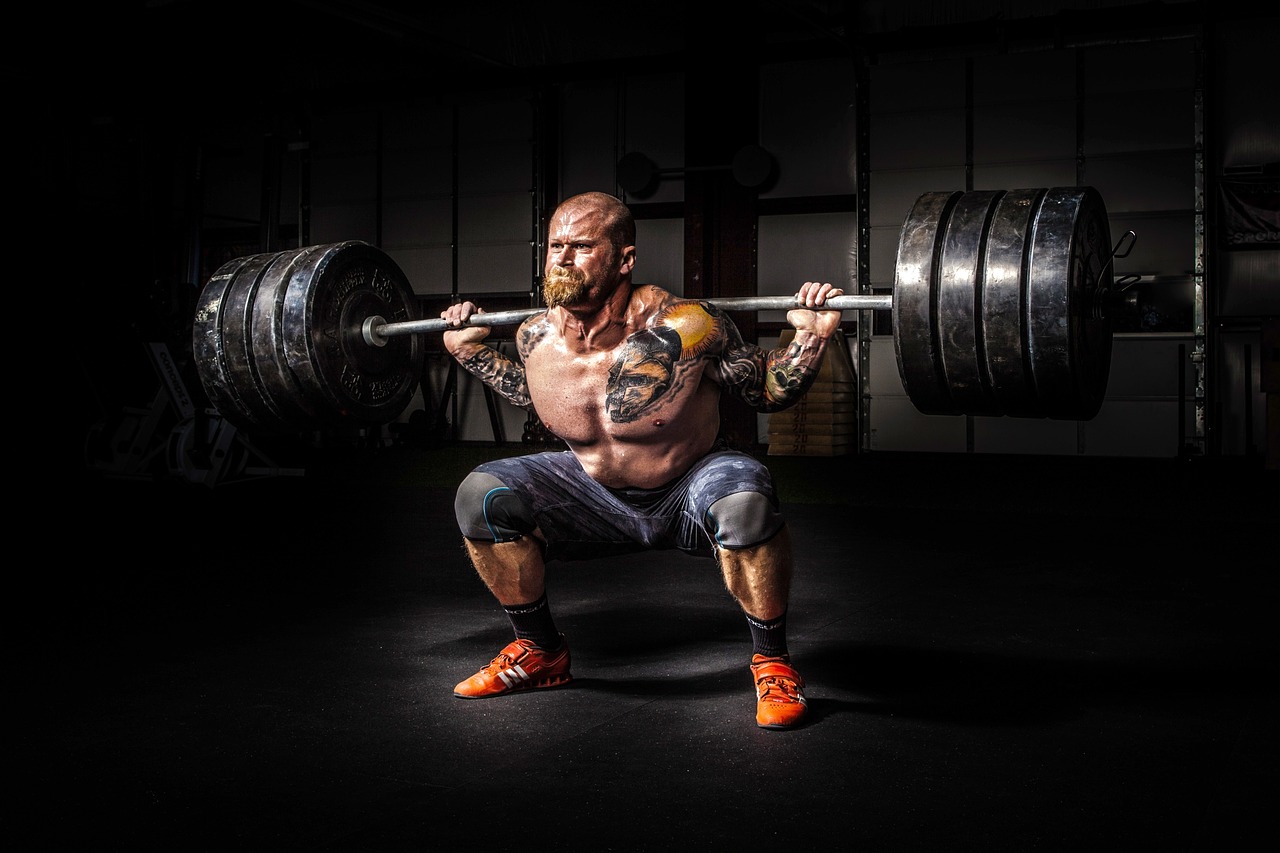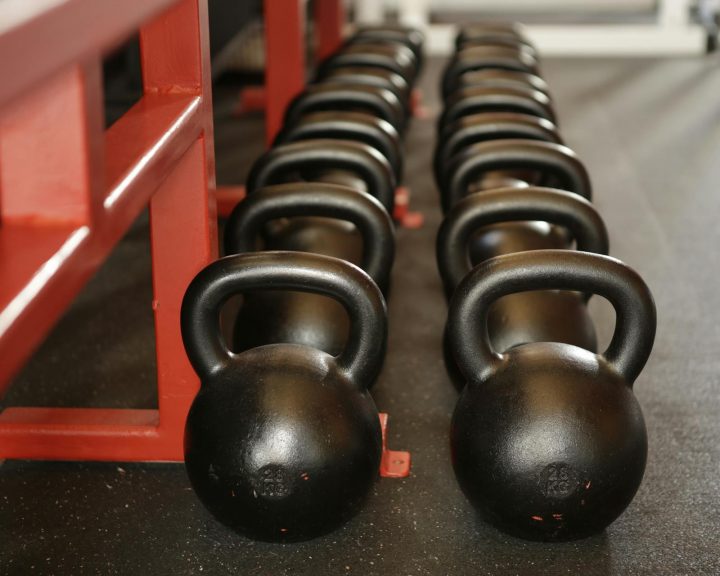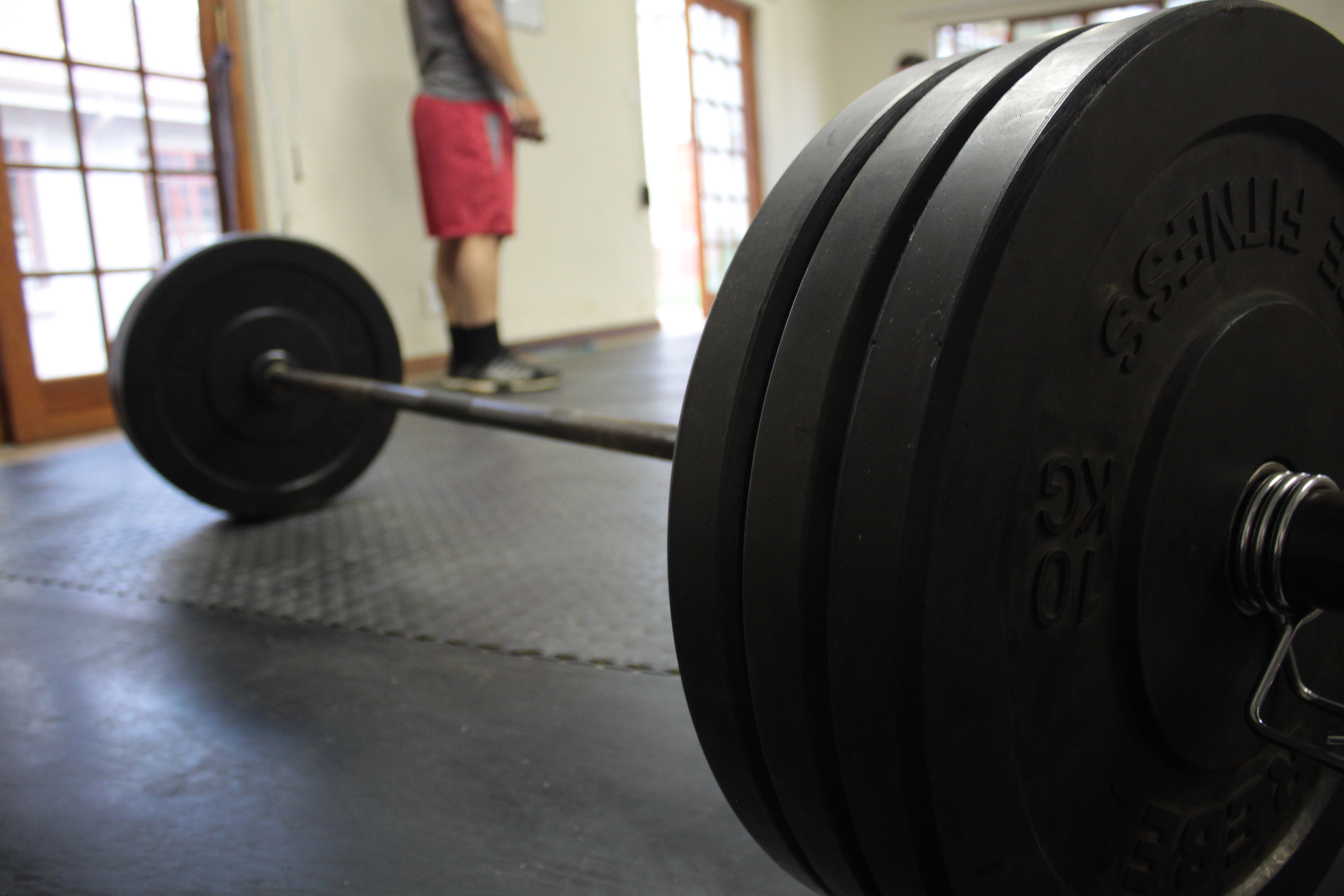The squat is one of the most widely used exercises in athletic strength and conditioning. It’s also one of the most controversial. Over the years there’s been a standard in terms of squatting technique; heels on the ground, push the hips back (as opposed to the knees forward), knees aligned with the toes, etc. However, not everyone agrees with this.
The Journal of Strength and Conditioning Research has an interesting little study examining the impact of squatting form on muscle recruitment. Slater and Hart had their subjects perform squats with the knees collapsing inwards, squats with the heels coming off the floor (i.e. knees moving forward), and squats correctly.
Results:
- Compared with the correct squats, when the knees are allowed to collapse inwards a number of changes are made to the kinematics of the squat. Increased dorsiflexion and ankle inversion, increased knee flexion/abduction, and increased hip abduction. As a result, muscle recruitment patterns changed; decreased quadriceps recruitment, increased hamstring recruitment, and increased gastrocnemius recruitment lateral head, medial showed some decrease).
- Compared with the correct squats, when the knees are allowed to translate forward excessively there are also a number of kinematic changes to the exercise. These include reduced dorsiflexion, increased ankle inversion, increased knee flexion, decreased knee adduction, and decreased hip flexion. As a result, muscle recruitment patterns changed; quadriceps recruitment decreased during the descent but increased during different parts of the ascent, decrease in hamstring recruitment, and an increase in gastrocnemius recruitment.
So what does this information mean? First, let’s look at the increased gastrocnemius activity. The authors of the study point this out, but one of the things the gastrocnemius does is to stabilize the knee and decrease the strain on the ACL. The increased activation may signify that both the medial collapse and the forward knee movement styles place the knee in an unstable position and may increase the risk of injury to the ACL. The same thing may be occurring with the changes in hamstring and quadriceps recruitment.
Now, limitations to the study. The subjects are recreationally trained males. We don’t know that they are highly experienced athletes, we don’t know about their squatting form, and we don’t know about their strength/competence with the lift. These were all bodyweight squats, so that may also change the results.
Those limitations aside, it’s good to see someone look at this. A number of us have been preaching for years that it is important to squat with the heels on the ground, pushing the hips back, and keeping the knees aligned with the toes. This study is a first step in showing that there may, in fact, be good reasons behind this technique.
Slater, L.V. and Hart, J.M. (2017). Muscle activation patterns during different squat techniques. Journal of Strength and Conditioning Research, 31(3): 667-676.




